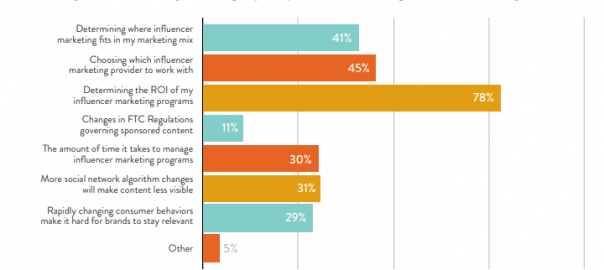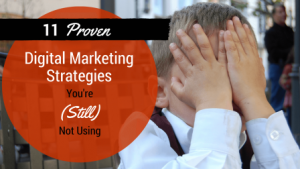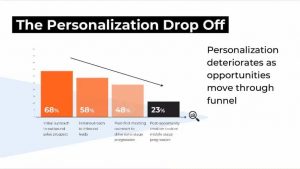— April 4, 2018
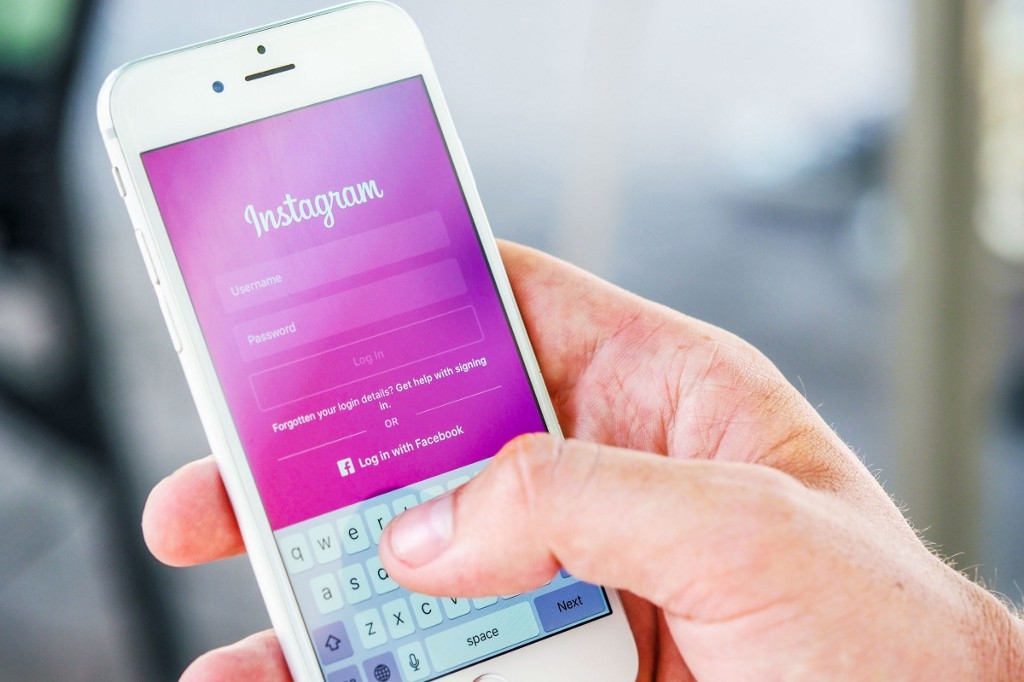
As of late 2017, Instagram boasted 800 million users who were active on a monthly basis, and growing at a clip of 100 million new users every four months.
Of course advertisers have taken notice, to the tune of 2 million leveraging the platform for ad purposes. But what’s interesting is that the first type of “advertising” or “marketing” people think of when it comes to Instagram, it’s not really the display ads in the feed. Rather, people think Influencers.
Why Instagram?
It makes sense. While it’s easy to scroll right past an ad on Instagram of some random company, it’s more much engaging when one actively follows an Influencer who happens to be displaying a product that day in his/her personal feed. This bears out in the data as well:
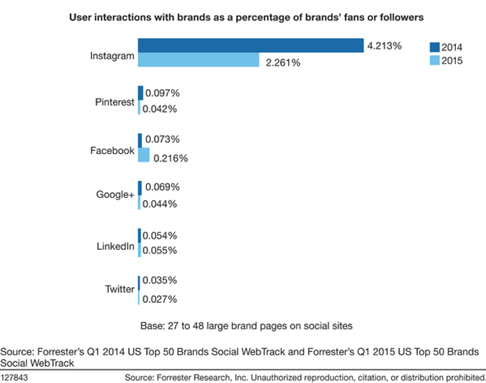
According to Forester, Instagram has the highest engagement rate of the many social media platforms. This is precisely why affiliate Instagram marketing via Influencer (aka Influencer Marketing) has become a one billion dollar industry today, and the entire Influencer Marketing segment overall is predicted to become a ten billion dollar industry by 2020.
And the biggest surprise? Most companies are happy with the results they are seeing from working with Influencers. A 2016 survey by Linqia showed that 94% of brands found this marketing method to be effective. That’s as high a success rate as you’ll see in any form of marketing that exists.
So in short, working with Influencers on Instagram is a great venue for effective affiliate marketing and you should be doing it.
What to look for in potential Instagram partners.
The main word to keep in mind throughout this entire process is trust.

The reason Instagram Influencer Marketing works is because of the inherent trust that they have built-up with their followers. Social media influencers are more trusted than A-list celebrities, and what your company is doing is conferring that trust onto your brand.
So the first things you should look for in an Influencer are…
1. Trusted by followers & niche.
Do your due diligence and research your potential partner. Do any red flags pop up when you Google their name? Is there bad buzz around them in their specific niche? Do they play well with other Influencers and/or brands? This is important because the minute you attach your brand to a bad Influencer, it may take a long time for your reputation to recover.
2. Have 2,000 to 15,000 followers.
Does that range of followers seem low? Well, there is a good reason we think you should aim for those with around this amount of fans: the power of the micro-influencer.
Micro-influencers may have less followers than you’d think a true Influencer should have, but their audience is far more engaged and loyal than those with millions of casual fans. A survey by Markerly showed double the “like” rate for micro-influencers as opposed to macro-influencers.
And another big reason? Cost. Most of the big Influencers work solely on a pay-per-post model, where companies have to shell out hundreds of thousands of dollars for a single Instagram post. Sure, maybe you’re Pepsi and you have that sort of spend. But we’re assuming most of you a) don’t want to spend anywhere near that much, and b) want to work with Influencers on a traditional affiliate marketing model (commission on sale). It goes without saying, it’s much more likely that micro-influencers will work on this model.
So aim for micro-influencers first. You can always snag bigger Influencers later.
3. Curates a feed in-line with your brand.
Once you see that an Influencer is trustworthy and popular in their niche, it’s time to do a deep-dive into their Instagram feed. Let’s say you’re in the mug business and you find an Influencer all about that mug life.
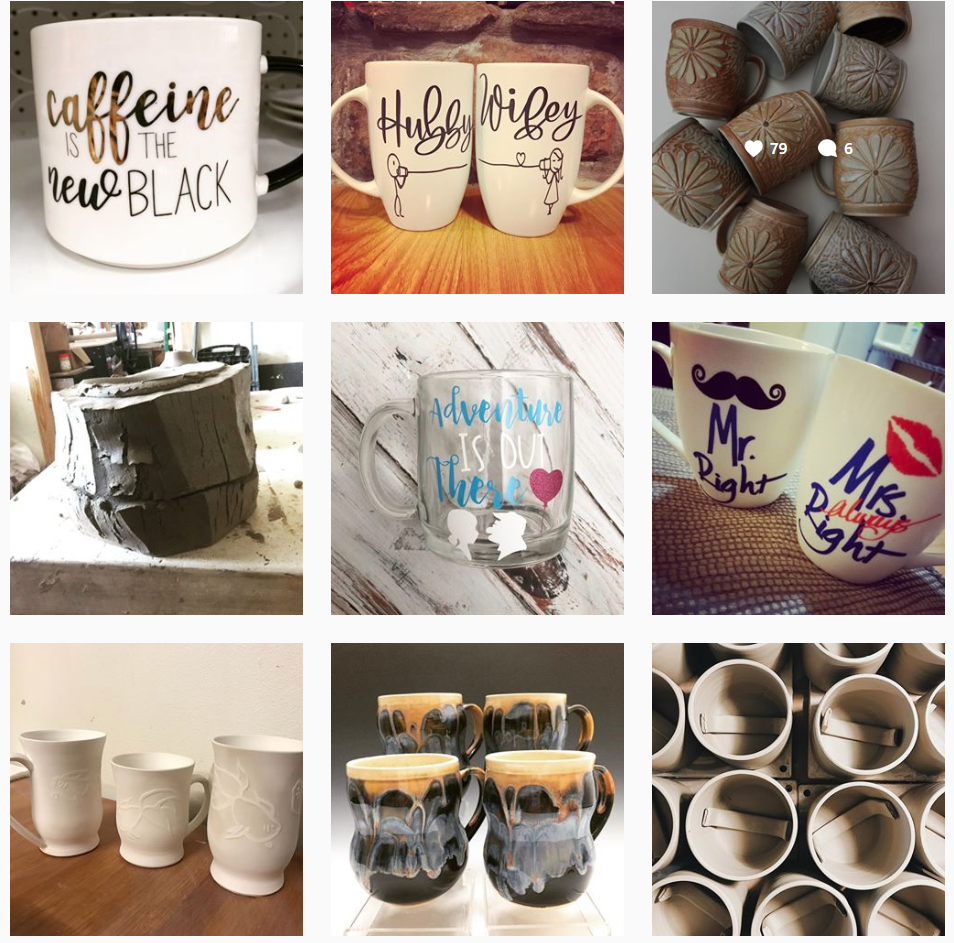
Would your products fit into this person’s feed? Do they have posts featuring vulgar mugs that your audience wouldn’t enjoy? What about their color scheme? Do their followers also take pictures of mugs? Would their followers fit the profile of your potential customers?
It’s important to do some research into both your potential Influencer and their followers to see if this affiliate partnership is a good fit. While there’s no need to go over-board and nit-pick every single post, scrolling through and reading the comments on a few dozen will give you a good sense of whether this Influencer is right for your business.
And it’s a great way to make sure that their followers are indeed real people, and not bots.
Where to find your Instagram Influencers.

Now that we know who to look for, let’s get into where to look for your Instagram influencers.
1. Your most-engaged customers.
The best place to start looking is your own customer-base. Not only have they already raised their hand and spent money on your products or services, you already have their contact information due to their transaction which makes it easier to reach out to them. But do you have to research every single customer you have?
Nah, you should work backwards: Start looking for the “noisiest” people on social media; the ones who have posted written or video reviews, tweets about how much they like your product, and of course, those who leverage Instagram. It’s important to check all social media because these potential partners may have, say, posted on Facebook about you but haven’t bothered to post on Instagram specifically. Then, after you’ve compiled a list, cross-reference their names/emails with your customer database. Got a match? That person is a prime candidate to reach out to, if they meet the criteria above that we’ve already established.
No matches? Even in this worst-case scenario, you still have compiled a good list of people who are fans of your product that you can then reach out to.
2. The Instagram Influencers in your niche.
Finding someone who is already a customer is bar-non your highest priority. After that, focus on finding the micro-influencers on Instagram that post within your specific niche. There are 3 ways to go here:
Low Cost/High Effort — Doing your own research via hashtags, clicking into posts, clicking into profiles, scrolling scrolling scrolling… Say you make waterbottles:
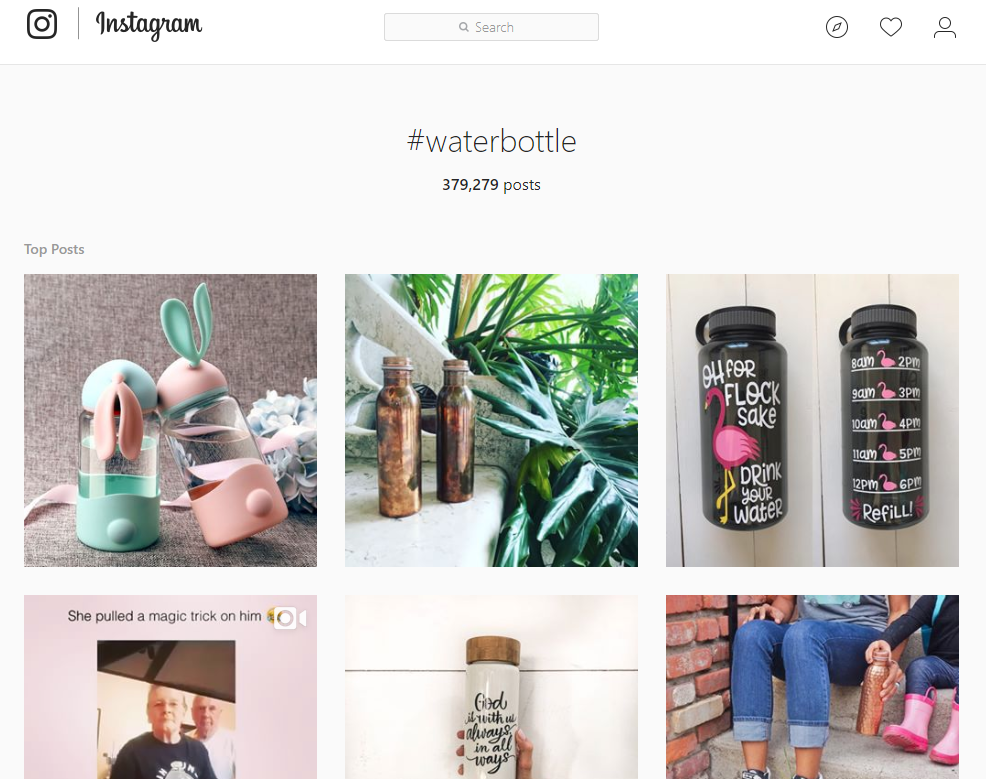
It costs you nothing to do searches for “#waterbottle” and see who posts quality content about it. But since it can be time-consuming, it may be hard for those of you in wide niches. If your company operates in a small niche, this research may take no time at all, and this is a great option for you.
Medium Cost/Medium Effort — Using social media analytic tools such as SocialBlade or SnoopReport.
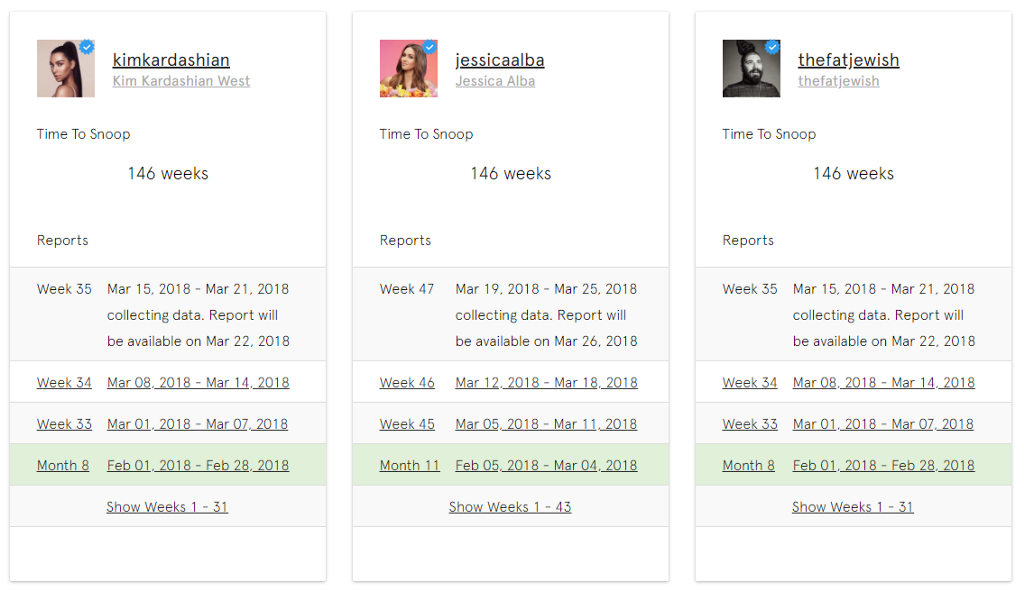 The dashboard on SnoopReport
The dashboard on SnoopReport
There are many analytic platforms that you can pay a fee to use to get quick insights into the Influencers in your niche, do a deep-dive on certain names you have in mind, and track how they interact with their followers on a regular basis.
The cost is still relatively low (SnoopReport’s year subscription is $ 35.99 at the time of this writing), and a great business expense if you are even mildly serious about Influencer marketing.
High Cost/Low Effort — Get an agency to send you potential Influencers. Talent agencies like Viral Nation or MediaKix work with a stable of popular social Influencers who you can connect with for a fee. Unless you’ve got money to burn, and are looking to launch a huge Instagram Influencer campaign, this option is probably one to avoid for now. But hey, it’s there if you want to go big!
3. The ones you don’t know about.
Finally, you’ll want to capture all those Influencers that you just don’t know about. Unless your research is exhaustive, this will always happen, especially since new Influencers come into vogue all the time. This is why you’ll want a passive capture method in place, aka an Affiliate Registration Page.
Here’s a general example from Amazon:
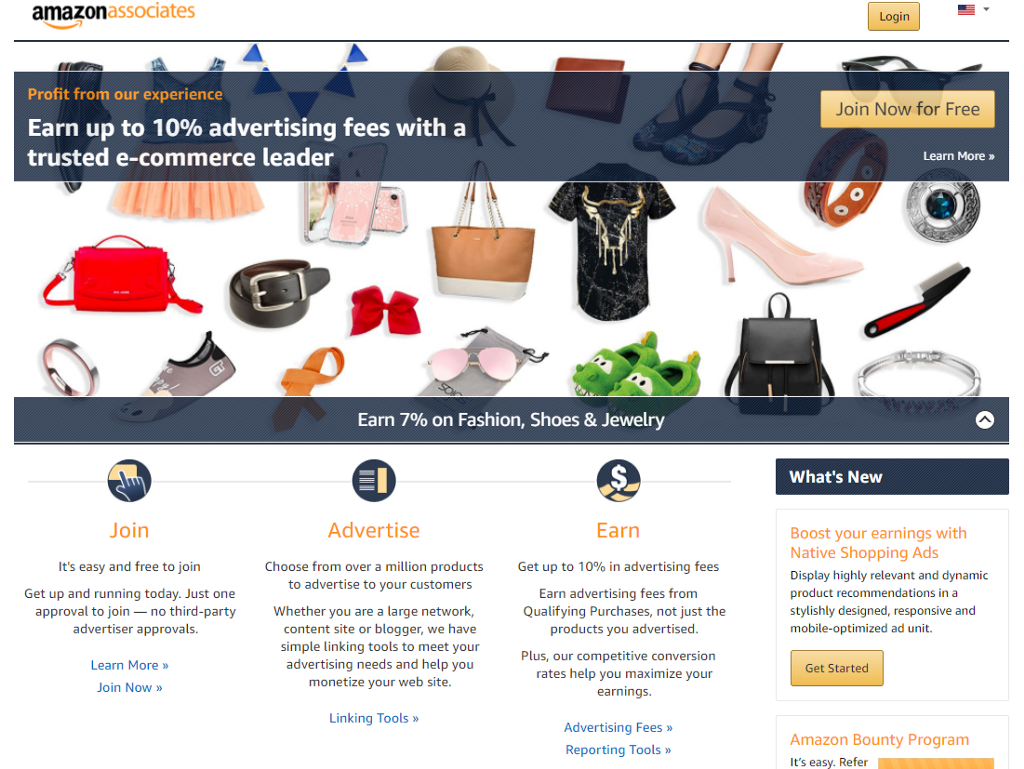
Having this page on a root-level URL on your site is a minimal effort way to make sure that a) your followers know that you even have an Influencer affiliate program, and b) that you can get their contact information right away.
For 9 other ways to effectively attract affiliates, check out our previous blog post on this topic at the link.
How to contact Instagram Influencers
Here’s how NOT to do it:
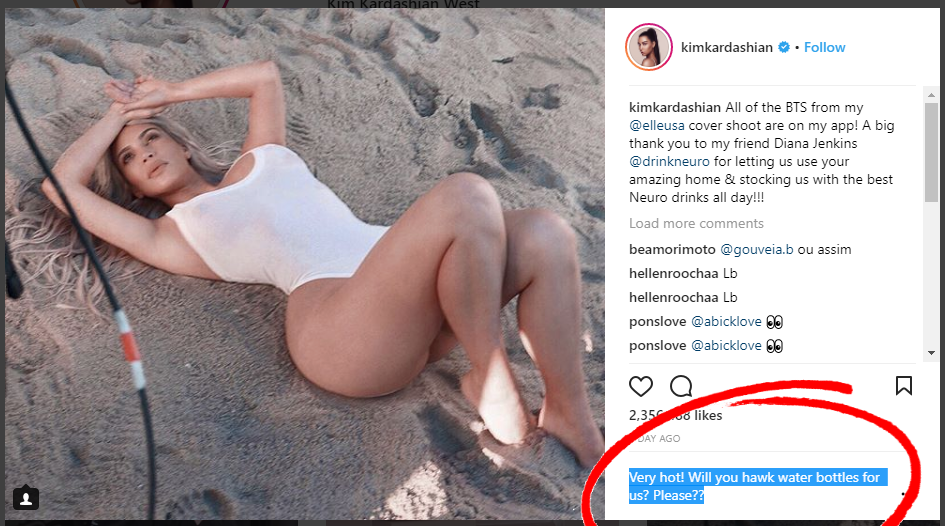
Even if they’re not on Kim’s level, most Influencers with even a few thousand followers won’t see every comment on a random post. It also doesn’t make you look very professional.
A Direct Message on Instagram is only slightly better. It can get lost in the mix of other DMs, and it’s often a crap shoot as to whether they will even read it since if they don’t follow you on Instagram, your DM will show up as a “message request” in their inbox. These are often just ignored. However, Influencers on the micro-level are more likely to check these DMs so for those with smaller followings, it’s worth a shot.
The go-to method is still the trusty email. Some Influencers will list their business email right on their profiles. Others will require some sleuthing but anyone with a personal website will usually have an email address listed. When you do email them, keep it brief! It’s just like any other cold sales email. Here’s a template you can use:
As you can see, it’s friendly and bare-bones. Be sure to include “pay” in the subject line so it peaks their interest enough to open your email.
Keep in mind that even with offers to pay these Influencers, it’s still a numbers game (though money definitely talks). So keep sending these emails out and you’ll get responses soon enough. Start with a goal of 25 emails a week. It’s normal to get only several response from these emails, so don’t worry about low response rates too much. Tweak your pitch and keep at it.
Of course, you’ll need to have some solid dollar amounts ready to disclose when they get back to you. So…
What to pay your Instagram Influencers
There’s a big difference between traditional Influencer marketing and strategic Influencer affiliate marketing.
The traditional method is a pay-per-post model where you would pay X amount for Y posts in a given week/month/quarter. Here you’re not tracking conversions, but rather getting brand exposure to their followers via their feed.
A 2016 study by TapInfluence showed that the ROI of these campaigns can be 11X than other forms of digital marketing. However, that oft-cited stat hasn’t really played out in real-world scenarios. A 2017 study by Linqia reported that 78% of marketers saw determining the ROI to be a top challenge:
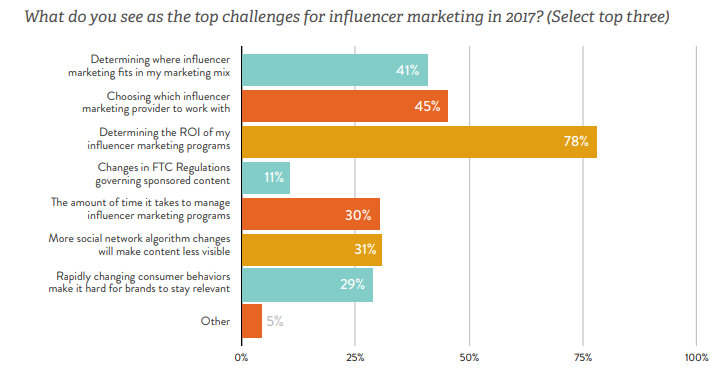
What we recommend is an affiliate marketing Influencer model where commissions are paid on each sale, tracked through a unique coupon code your Influencer would put in their Instagram profile and post captions.
There are multiple benefits to this model:
- It’s trackable, as mentioned.
- You only pay when a sale is made.
- You still get the brand-awareness boost of a traditional pay-per-post model.
The top Influencers may balk at this payment model since they are used to pay-per-post. But again, it’s much more likely that micro-influencers will be open to this model. And to sweeten the pot, you should offer an initial “signing bonus” of free products for them to have, and also a higher commission rate unique for these affiliate Influencers. If your usual commission rate is 10–20% for the average influencer, consider going as high as 50%. Even if the ROI isn’t quite 11X, but say 5X, it’s still well worth the commission costs.
Digital & Social Articles on Business 2 Community
(84)
